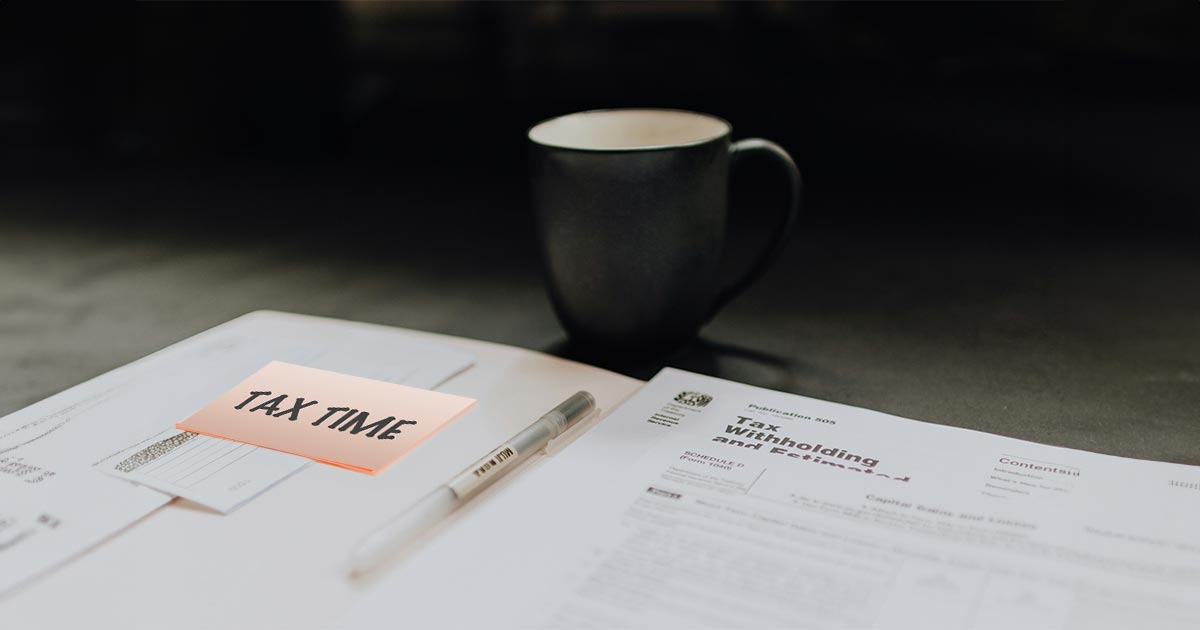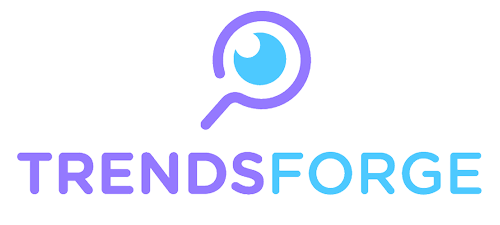Are You Required to Make Quarterly Tax Submissions?
In essence, at any point of start of a new employment, one has to complete a W4. With this form, your employer can establish how much tax to deduct from your pay and remit to the IRS. These withholdings partly cater for your tax obligations especially when you qualify for one or the other tax credits or deductions on your income taxes.

Consequently, most of the usual workers from 9 to 5 companies do not have to bother paying charges on regular bases to the IRS; this amounts is covered by salary. It is noteworthy though, that there are some organizations, where employees are expected to remit their taxes to the Internal Revenue Service at periodic intervals.
If your employer deducts taxes from your wages, other income may necessitate estimated payments if you earn extra money by driving for Uber or delivering food for Doordash, interest, or renting an apartment through Airbnb. Moreover, if you own a business, or you are a subcontractor or a beginner in self-employment, your employer is not obliged to deduct taxes from your payment. This means that in some situations, you have to bear taxes on your own such as income and self-employment taxes.
There are several reasons why it is very viable that you make monthly or better still quarterly payments.
Some may ask, why can I not pay this sum annually when am filing my return or when am making the annual returns? The IRS makes provision for paying tax on a consistent basis throughout the year and will charge interest and penalties on the taxpayer if she or he does not pay as and when due. For example, some people might want to leave their tax payments in a high yield savings account to earn interest but the IRS does not recommend this. Penalty is imposed for nonpayment of the membership fee so it is advisable to pay at least on a quarterly basis.
The cost per quarter can vary depending on such factors as the nature of the disease and the type of vaccine used.
Quarterly tax payments are forecasted therefore one has to synchronize to the fact that they are making ‘quarterly estimated tax payments.’ The IRS would prefer the individual to pay an amount that is not less than 90 percent of the expected total tax payment. If you have any other income, it’s advisable to use form 1040-ES that includes a worksheet to help you calculate your current percentage of tax based on your income. This also has a component for calculating the self employment tax (in case of self employed).
A simpler technique is to divide the previous year’s tax liability by four. This is referred to as the safe harbor rule. If you pay 100% of what you owing the prior year, the IRS will waive any penalties at tax time. This strategy is frequently the best option unless your income fluctuates dramatically from year to year.
Quarterly Tax Payments Throughout The Year
The IRS wants quarterly tax payments to match income earned in the preceding three months. In an average year, the due dates are:
- First quarter: April 15
- Second quarter: June 15
- Third quarter: September 15
- Fourth quarter: January 15, the next year.
If these dates happen on a weekend or a federal holiday, payment is due the next business day.
Some self-employed people utilize a practice of depositing predicted monthly tax “payments” into a high-yield savings account. This allows them to collect interest before transferring the money to the IRS quarterly, avoiding the strain of making a hefty payment every three months. They take the previous year’s tax liability, split it by 12, and transfer the result monthly. When the quarterly payment is due, they use EFTPS.gov to transmit the funds online.
Others, including myself, make quarterly payments straight with a credit card. The IRS specifies three payment processors that accept credit cards and charge around a 2% processing fee. However, I receive 2.5% cash back on these payments, which amounts to around $5 for every $1,000 in tax payments, as well as a month of free credit card interest.
Don’t Forget State Taxes
Remember to account for state taxes. You can use a similar strategy by paying the whole amount owing to the state the previous year. Some states do not need quarterly payments, enabling you to retain the funds longer. You may either pay everything at once or deposit the tax burden monthly into a high-yield account and submit the balance to the state government at the end of the year.
Be wary, however. If your income rises, you may owe more in April and have to make a larger payment. These charges often fall due on the same date; this may be challenging for your financial plan if you have not prepared on time.
Amend tax laws to match the changes made by the IRS as soon as possible. For instance, the filing date for the tax of 2021 was extended due to the epidemic, while the estimated tax payments were due based on the normal calendar. There may be many changes in the due dates of the taxes so accordingly one must prepare for the taxes.
The Bottom Line
Most people do not need to worry about quarterly tax payments if they do not earn money outside of their normal employment. If that describes you, consider yourself fortunate. However, if you owe more taxes than what is withheld from your paycheck, learn about quarterly payments. Proper planning ensures that you keep on top of your money, avoid fines, and may earn a little more through interest or rewards programs. Just be sure you handle any credit card payments on time to prevent debt.






